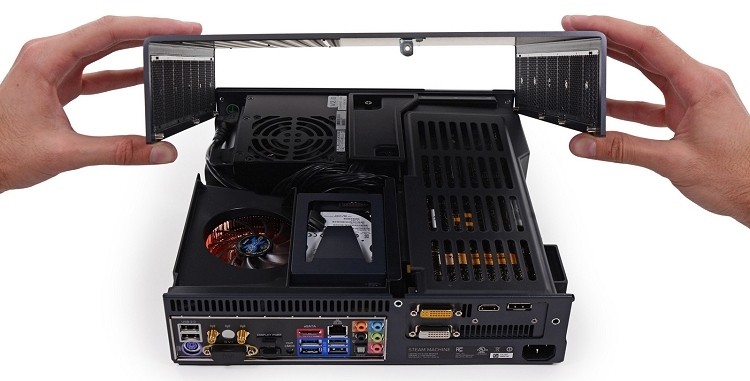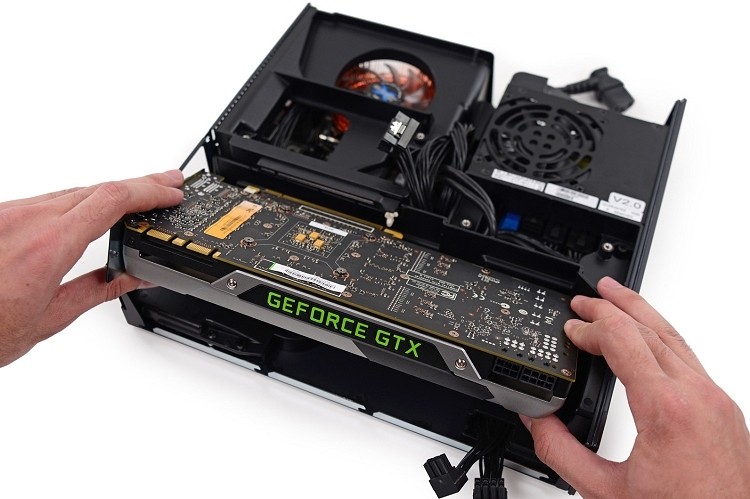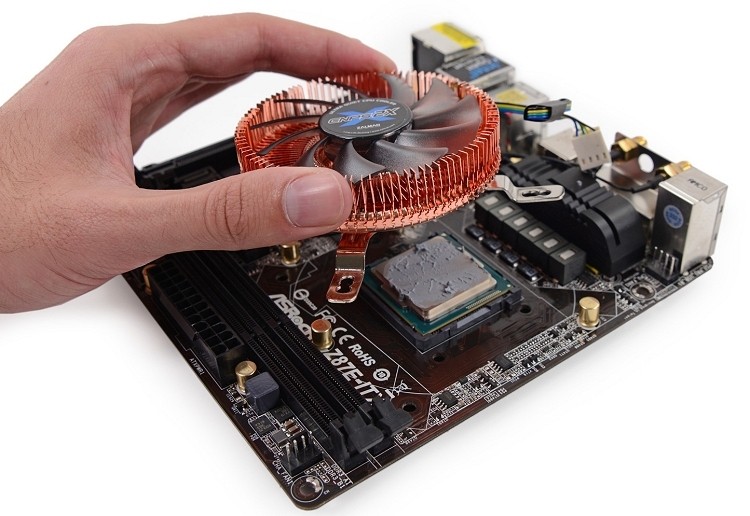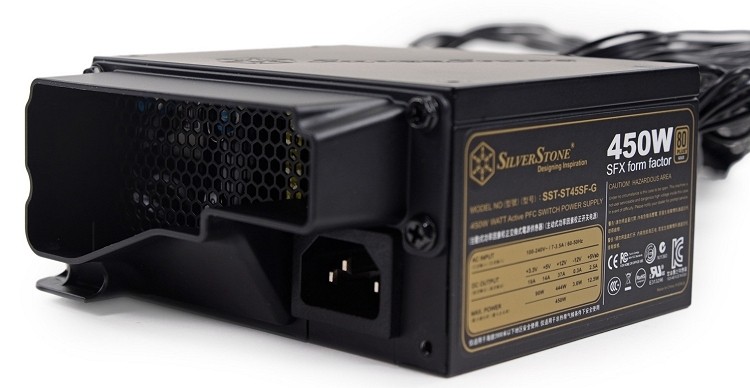The teardown specialists at iFixit have a knack for getting their hands on the latest gadgets so it should probably come as little surprise that they recently scored a modern rarity: a Steam Machine. Considering Valve only shipped systems to 300 lucky beta participants, the odds that one ended up on iFixit’s teardown bench is pretty remarkable.

Valve made it clear that the machines are all prototypes and as such, there are no set hardware specifications at this point. What’s more, the machines have been billed as little more than run-of-the-mill hardware crammed inside a neat package which is exactly what iFixit found.

Skipping right to the goodies, this particular machine is powered by a fourth generation Intel Core i5-4570 CPU kept cool with a Zalman CNPS 2X Mini-ITX heatsink. The chip is mated with an ASRock mini-ITX motherboard alongside two sticks of Crucial Ballistix Sport 8GB DDR3 RAM and a Zotac GeForce GTX 780 graphics card installed with the help of a SilverStone RC2 PCI Express x16 riser card.

It’s all powered by a SilverStone SST-ST45SF-G 450W 80 Plus Gold power supply which should be plenty to handle the load from the CPU and GPU.

The teardown team ultimately awarded the Steam Machine a repairability score of nine out of 10 (10 being the easiest to repair). The system earned praise for being easy to get into (only a single screw holds the case panel on) while the modular design with off-the-shelf components would make hardware upgrades a snap.